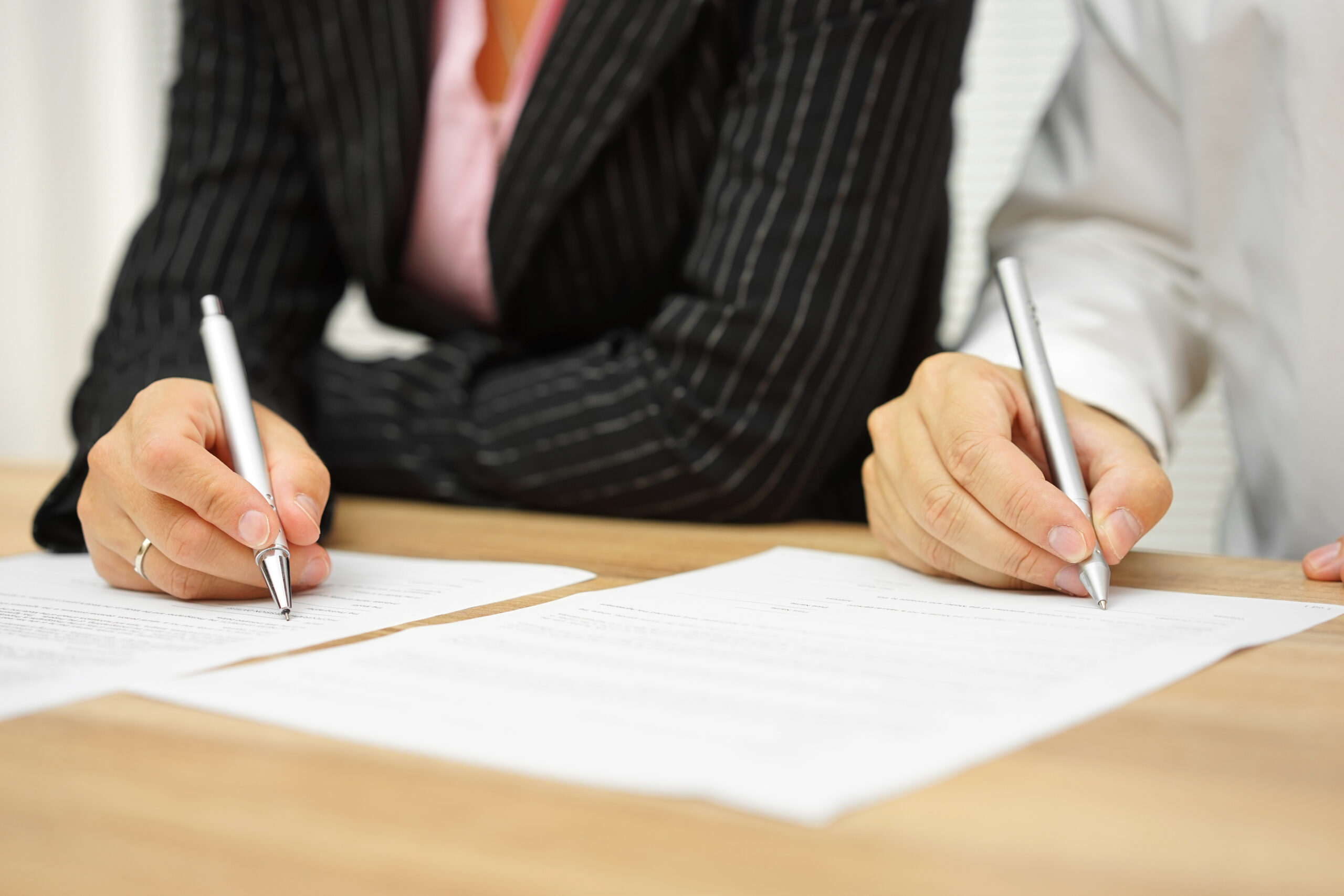How To Write a Settlement Demand Letter

Most personal injury victims prefer to resolve their claims through negotiation rather than litigation. But how do you initiate the negotiation process? One of the most crucial steps—arguably the most important—is submitting a settlement demand letter. This letter formally presents your claim, outlines the damages incurred, and requests appropriate compensation from the responsible party.
What is a Settlement Demand Letter?
A settlement demand letter is a formal communication sent to the at-fault party or, more commonly, their liability insurance provider. In most cases, the insurance company is the appropriate recipient, as it is typically responsible for paying the claim.
To be effective, a settlement demand letter should be clear, concise, and to the point. This is especially important when addressing an insurance company, as adjusters handle numerous claims and have limited time to review each one. The letter should include a detailed account of the accident, an explanation of your injuries, and a specific compensation demand. Precision and clarity are essential to ensure your claim is properly evaluated.
Breaking It Down: The Elements of an Effective Settlement Demand Letter
The following are key elements commonly included in a settlement demand letter. However, this should not be viewed as a rigid template, as every case is unique. Instead, consider it a general framework to guide you in structuring your letter effectively. You should include:
- Background Information: Start off by introducing yourself. This is where it helps to hire a lawyer to write the letter for you and introduce themselves as your attorney. If your lawyer has a local reputation for winning at trial, the very first sentence of your demand letter will carry considerable intimidation value. Include the date, time, and location of the accident. List the names of the people involved, including yourself and the at-fault party.
- Statement of Facts: Briefly state the relevant facts of the accident as you see them, including the cause of the accident. This section should appear to be as objective as possible.
- Liability: Explain exactly why the insured is liable for the accident. If the opposing party broke any laws, state specifically which laws they broke. Refer to your supporting documentation (see below) as necessary.
- Description of Your Injuries and Your Medical Treatment: Describe your injuries and your medical treatment. Describe the impact of your injuries and your medical treatment on your daily life. A convincing description here is lokely to be more important than you might imagine.
- Describe Your Damages in Detail: Be sure to include all applicable damages in your settlement demand. Economic damages may consist of medical expenses, lost earnings, and out-of-pocket costs, while non-economic damages encompass pain and suffering, emotional distress, loss of enjoyment of life, disfigurement, and other intangible losses. Your lawyer will be able to help you value these damages.
- Issue Your Settlement Demand: Issue a specific dollars-and-cents settlement demand. It is generally acceptable to pad your demand by adding a reasonable amount to give you some bargaining room.
- Include a Deadline for the Recipient to Respond: Set a reasonable deadline for a response—30 days, for example. Be ready to file a lawsuit immediately if the deadline passes with no response or if the insurance company responds with a flat-out rejection. Don’t worry; you can always withdraw the lawsuit in exchange for an acceptable settlement.
- Closing Paragraph: Conclude your demand letter with a polite, professional concluding paragraph.
- Supporting Documentation: Your settlement demand letter should include supporting documentation such as medical records, proof of lost earnings, and any police or accident reports. Photos of the accident scene and injuries, witness statements, and repair estimates can further strengthen your claim. Additionally, consult your attorney on including evidence of non-economic damages like pain and suffering.
Crafting a strong settlement demand letter is a crucial step in securing fair compensation for your injuries. By clearly outlining the facts, establishing liability, detailing your damages, and including supporting documentation, you present a compelling case to the insurance company or opposing party.
Contact an Experienced Jacksonville Personal Injury Lawyer For Help
If your claim is substantial, your chances of receiving full compensation increase greatly when you hire a good lawyer. Baggett Law Personal Injury Lawyers is a prominent personal injury law firm operating out of Jacksonville, Florida. Our firm has over 100 years of combined experience, and we have won millions upon millions of dollars in compensation for our clients.
For more information, please contact the Jacksonville and Ponte Vedra personal injury law firm of Baggett Law Personal Injury Lawyers at the nearest location to schedule a free consultation today.
We serve Duval County, St. Johns County, and its surrounding areas:
Baggett Law Personal Injury Lawyers – Jacksonville
9471 Baymeadows Rd #105,
Jacksonville, FL 32256
(904) 396-1100
Baggett Law Personal Injury Lawyers – Downtown Jacksonville
121 W Forsyth St Suite 1000,
Jacksonville, FL 32202
(904) 822-4225
Baggett Law Personal Injury Lawyers – Ponte Vedra
480 Town Plaza Ave #130,
Ponte Vedra Beach, FL 32081
(904) 675-1167

